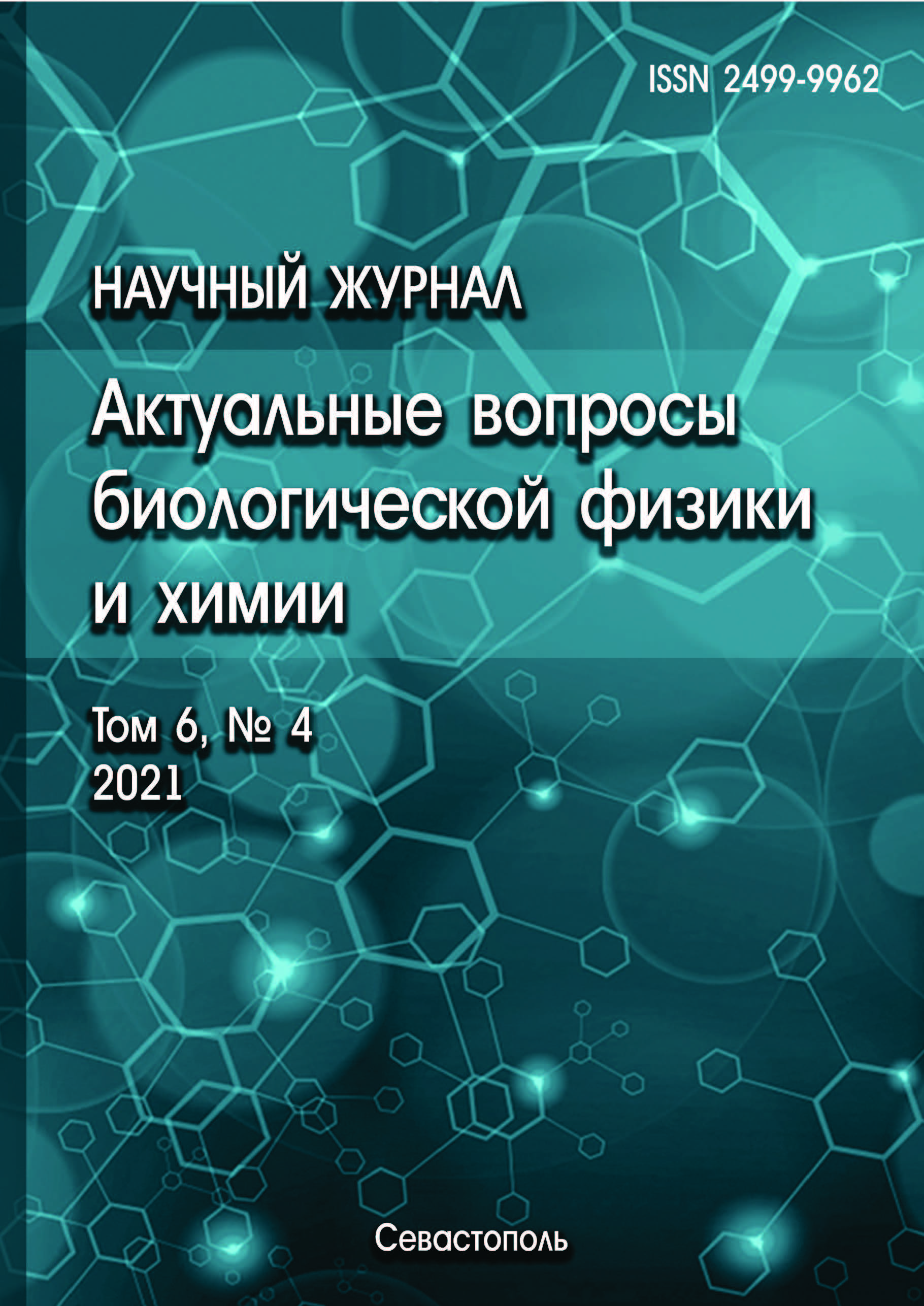The paper presents experimental evidence for the use of sodium bicarbonate as the only carbon source during intensive cultivation of Porphyridium purpureum . It has been shown that culture media for intensive cultivation of P. purpureum based on sea water can contain up to 21 g / l of sodium bicarbonate as a carbon source. When using a nutrient medium with sodium bicarbonate, the maximum density of the culture reached 3 g.b./l and more. The maximum productivity in laboratory photobioreactors reached 1.16 g / (l · day). When P. purpureum was cultivated on an industrial scale under natural light, the productivity of the culture depended on light conditions. In cloudy weather, when the maximum illumination during the day was 7-12 klx, the productivity reached 6.33 g.d.b./ (m2 day). While in sunny weather (the maximum illumination of the working surface during the day is 50 klx), the productivity was 17.7 g.b./ (m2 day). It was noted that at high irradiation, the accumulation curves did not show a stationary growth phase. Upon reaching the maximum density, the culture passed into the phase of withering away. It has been suggested that this is due to high pH values, at which many biogenic elements become inaccessible to cells due to the low solubility of some salts in an alkaline medium, as well as the transition of all forms of inorganic carbon to the carbonate form.
lower phototrophs, nutrient medium, red microalgae, carbon-concentrating mechanism, baking soda
1. Richmond A., Hu Q. Handbook of Microalgal Culture Applied Phycology and Biotechnology. Second Edition, New Delhi, 201, 726 p.
2. Jiao K., Xiao W., Xu Y., Zeng X., Ho S-H., Laws E.A., Lu Y., Ling X., Shi T., Sun Y., Tang X., Lin L. Using a trait-based approach to optimize mixotrophic growth of the red microalga Porphyridium purpureum towards fatty acid production. Biotechnology for Biofuels, 2018, vol. 11, iss. 1, pp. 1-11. doi:https://doi.org/10.1186/s13068-018-1277-7 EDN: https://elibrary.ru/GNEITX
3. Solymosi K. Plastid structure, diversification and interconversions I. Algae. Current Chemical Biology, 2012, vol. 6, iss. 3, pp. 167-186. doi:https://doi.org/10.2174/2212796811206030002 EDN: https://elibrary.ru/RMOYBB
4. Kroth P.G. The biodiversity of carbon assimilation. Journal of Plant Physiology, 2015, vol. 172, pp. 76-81. doi:https://doi.org/10.1016/j.jplph.2014.07.021 EDN: https://elibrary.ru/USFXXF
5. Obornik M. Endosymbiotic evolution of algae, secondary heterotrophy and parasitism. Biomolecules, 2019, vol. 9, iss. 7, pp. 1-10. doi:https://doi.org/10.3390/biom9070266 EDN: https://elibrary.ru/QUPAJN
6. Velea S., Ilie L., Filipescu L. Optimization of porphyridium purpureum culture growth using two variables experimental design: Light and sodium bicarbonate. UPB Scientific Bulletin, Series B: Chemistry and Materials Science, 2011, vol. 73, iss. 4, pp. 81-94.
7. Gaignard C., Gargouch N., Dubessay P., Delattre C., Pierre G., Laroche C., Fendri I., Abdelkafi S., Michaud P. New horizons in culture and valorization of red microalgae. Biotechnology Advances, 2019, vol. 37, iss. 1, pp. 193-222. doi:https://doi.org/10.1016/j.biotechadv.2018.11.014 EDN: https://elibrary.ru/GBXZXG
8. Trenkenshu R.P., Belyanin V.N. Vliyanie elementov mikroelementnogo pitaniya na produktivnost' vodorosli Rlatumonas viridis Rouch. Biologiya morya, 1979, № 51, c. 41-46. @@Trenkenshu R.P., Belyanin V.N. Influence of elements of microelement nutrition on the productivity of Platumons viridis Rouch algae. Biology of the Sea, 1979, no. 51, pp. 41-46. (In Russ.)
9. Li H., Wu Y., Zhao L. Effects of carbon anhydrase on utilization of bicarbonate in microalgae: a case study in Lake Hongfeng. Acta Geochimica, 2018, vol. 37, iss. 4, pp. 519-525. doi:https://doi.org/10.1007/s11631-018-0277-4










